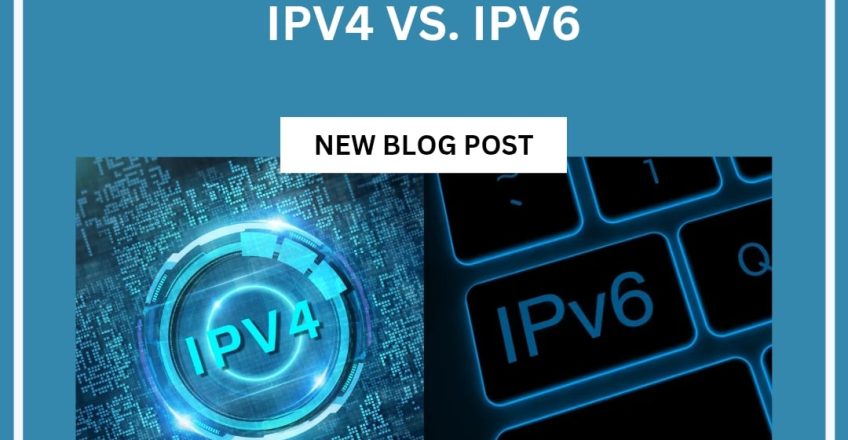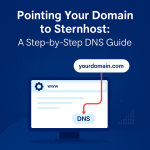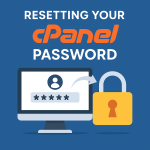
Every website depends on the internet protocol (IP) address to connect users and servers. But with the explosive growth of the internet, the original addressing system — IPv4 — has become insufficient. Enter IPv6, the next-generation protocol designed to solve these limitations. Understanding the differences between IPv4 and IPv6 is essential for website owners who want their sites to stay accessible, fast, and secure.
What Are IPv4 and IPv6?
-
IPv4 (Internet Protocol version 4): Launched in the 1980s, IPv4 uses a 32-bit address format, allowing around 4.3 billion unique IP addresses. For example, an IPv4 address looks like:
192.168.1.1. -
IPv6 (Internet Protocol version 6): Developed in the late 1990s, IPv6 uses a 128-bit format, providing a virtually unlimited number of addresses (about 3.4×10^38). An example IPv6 address looks like:
2001:0db8:85a3:0000:0000:8a2e:0370:7334.
The shortage of IPv4 addresses has made IPv6 essential for the future growth of the internet.
Why IPv6 Matters for Website Owners
1. Address Exhaustion
The primary reason IPv6 exists is to solve IPv4 address exhaustion. Many ISPs and hosting providers have started allocating IPv6 addresses, and some regions already face IPv4 shortages.
2. Improved Performance
In some cases, IPv6 can improve website loading speeds by enabling more direct routing and fewer network address translations (NATs). Studies by Google on IPv6 adoption show increasing IPv6 traffic worldwide.
3. Better Security Features
IPv6 was designed with security in mind. It natively supports IPsec (Internet Protocol Security), which encrypts and authenticates data traffic. Though IPsec can also be used in IPv4, it is mandatory in IPv6.
4. Future-Proofing
IPv6 adoption is accelerating globally. Websites that don’t support IPv6 risk losing accessibility as ISPs and networks transition.
How to Check If Your Website Supports IPv6
You can use tools like:
These will show whether your website and hosting provider support IPv6.
What Website Owners Should Do Next
-
Talk to Your Hosting Provider
Make sure your host supports IPv6. Many modern hosts provide dual-stack support, meaning your website works on both IPv4 and IPv6 networks.
-
Update DNS Records
Your DNS must include AAAA records to point your domain to the IPv6 address of your server. This ensures users on IPv6 networks can reach your website.
-
Test Your Website
Use online tools to verify your site works over both IPv4 and IPv6.
-
Monitor Traffic
Once enabled, monitor your traffic analytics to see how many visitors use IPv6.
For guidance on DNS and IP configurations, the Cloudflare Learning Center is a great resource.
What Happens If You Don’t Support IPv6?
Your website will remain accessible to IPv4 users, but as the internet moves forward:
-
Some users (especially on mobile and emerging markets) may experience slower connections or fail to reach your site.
-
SEO could be affected due to performance or accessibility issues.
-
Your infrastructure may become more costly and complex, relying on IPv4-to-IPv6 translation methods.
Final Thoughts
IPv6 is no longer optional for websites aiming to stay competitive and accessible worldwide. By ensuring your site supports IPv6 alongside IPv4, you’ll future-proof your online presence and potentially improve performance and security.
Ready to host your website on a platform that fully supports modern internet protocols and ensures fast, secure, and reliable connections? Explore our optimized hosting plans built for the evolving web.


